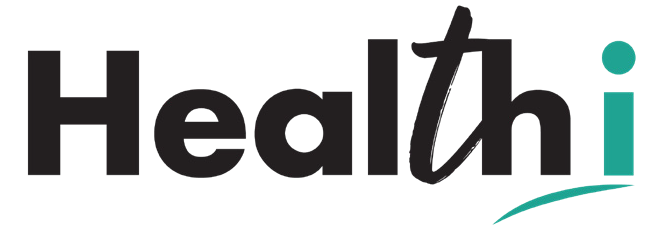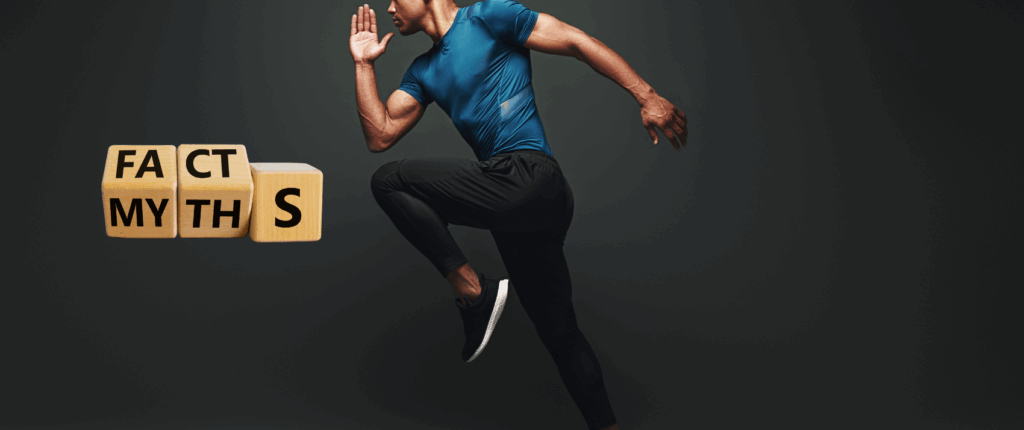We live in a time where health and fitness information is everywhere. Social media, YouTube, and countless blogs give us instant access to advice that used to be available only through trainers, doctors, or research. On the one hand, that’s empowering—we have more knowledge at our fingertips than ever before. On the other hand, it’s overwhelming, and worse, it’s easy to get caught up in misinformation that sounds convincing but keeps us stuck.
The truth is,many of the most common ideas about fitness are myths. They’ve been repeated so many times that people take them as facts. But if you want to build a healthy, sustainable lifestyle, you need to separate truth from lies. Let’s tackle some of the most popular myths that might be slowing down your progress.
1. “Women can’t lift weights.”
This myth has scared many women away from strength training. The fear is simple: “If I lift weights, I’ll look bulky like a bodybuilder.”
The truth? Women naturally produce much lower levels of testosterone than men, which makes building large muscles extremely difficult without specific training or supplementation. What weight training actually does is increase metabolism, build lean muscle, improve posture, and support bone health. Instead of bulk, women gain a strong, toned, and confident body.
Lifting weights doesn’t take away femininity—it enhances strength and resilience.
2. “Men should avoid cardio or they’ll lose muscle.”
Cardio has been unfairly labeled as the muscle killer. The reality is that moderate cardio actually complements strength training. It improves cardiovascular health, helps with recovery, and even supports fat loss, which can make muscles look more defined.
The key is balance—excessive cardio without proper nutrition and strength training can impact muscle mass, but combining both creates a powerful, functional body. Strong muscles and a strong heart work best together.
3. “Stretching and mobility aren’t necessary.”
Too many people see stretching as optional. They walk into the gym, jump straight into lifting or running, and walk out without cooling down. Over time, this neglect causes muscles to become tight and less flexible because they’re constantly contracting but never being lengthened. This restricts movement, places stress on joints, and raises the risk of injury.
Mobility and flexibility might not feel like “hard exercise,” but they are what keep you moving freely for the long haul. Want to train into your 50s, 60s, and beyond without joint pain? Start stretching and prioritising mobility now.
4. “I can eat anything as long as I burn it off.”
This is one of the biggest lies in fitness. Exercise does not erase poor nutrition.
For example, a slice of cake might take five minutes to eat but could take nearly an hour of intense running to burn off—and even then, the sugar and additives still affect your hormones, gut, and inflammation. Your body isn’t a calculator it’s an engine. If you want it to perform well, you need to fuel it with high-quality foods: lean proteins, whole carbs, healthy fats, fruits, and vegetables.
Moderation is key. Some call it the 80/20 rule eat clean most of the time and enjoy your favourite treats occasionally. Balanced eating fuels energy, boosts performance, and keeps you consistent long-term.
5. “Recovery isn’t important—there’s no such thing as burnout.”
We live in a “grind culture” where people think working out nonstop equals progress. But the truth is, recovery is when your muscles actually grow.
Sleep, rest days, stretching, hydration, and proper nutrition allow your body to repair itself after training. Without them, you risk overtraining, injuries, and mental burnout. Ignoring recovery is like never charging your phone you can push through for a while, but eventually, you’ll crash.
6. “I’m too busy to exercise.”
This myth is as old as time. Yes, life is busy. We all have responsibilities—work, kids, home, studies but exercise doesn’t require hours every day.
Just 20–30 minutes of focused training can transform your body over time. Movement is an investment, not a luxury. In fact, exercise often gives back more time than it takes, because it boosts energy, productivity, and mental clarity.
The healthier and stronger you are, the better you function in all your responsibilities. A more active mom or dad not only performs better but also inspires others. The ripple effect is powerful.
7. “I don’t need a trainer, I know it all.”
With so much free information online, many people believe they can figure it all out themselves. And while self-motivation is powerful, information alone doesn’t guarantee results.
Even professional athletes work with coaches to keep improving. Trainers provide accountability, custom programming, and ensure your form is safe. Trainers dedicate years to studying and staying up to date with research so that you can benefit from tested, proven methods. They help you work smarter, not just harder.
8. “I’ll just diet for an occasion and then go back to normal.”
Crash diets are one of the fastest ways to damage your metabolism and build an unhealthy relationship with food. Yes, you might lose a few kilos before a wedding or vacation, but the weight usually comes back and often with extra.
Why? Because the first weight lost is usually water, not fat. Without long-term lifestyle changes, the results don’t last.
Real transformation doesn’t come from temporary fixes; it comes from sustainable habits. Fitness isn’t about preparing for an event it’s about building a lifestyle that carries you through every season.
9. “My family has good genes—we live long anyway.”
Lifestyle has a much bigger impact than most people think. Heart disease, diabetes, obesity, and even some cancers are strongly influenced by diet, exercise, and daily habits.
Having “good genes” is not an excuse to eat poorly or avoid exercise. Think of it like inheriting a good car if you don’t maintain it, it will still break down.
10. “I can’t quit alcohol—I have too many problems.”
Alcohol has been glamorised as a stress reliever, but the truth is it only masks problems while harming your body. It disrupts sleep, slows recovery, increases inflammation, and adds empty calories with almost no real nutritional benefit.
While it may feel like a short-term solution, it creates long-term setbacks for both physical and mental health. The good news? There are healthier outlets: walking, journaling, exercising, or spending time with supportive people. Real strength is built when you learn to face problems without numbing them.
11. “Smoking keeps me thin, so I won’t quit.”
This is one of the most dangerous myths out there. While it’s true that smoking can suppress appetite, it comes at a massive cost.
Smoking damages your lungs, heart, skin, and overall health. You might appear “thin,” but inside your body, inflammation, poor circulation, and long-term risks like cancer are developing. Being slim is not the same as being healthy.
True fitness is about strength, energy, and vitality not just body size. Trading long-term health for temporary thinness is never worth it.
12. “I only want to tone my bum; the rest of my body is fine.”
Spot reduction—the idea that you can burn fat or “tone” one specific area by only training it is a myth. Doing endless squats or hip thrusts won’t magically shrink fat in one spot while ignoring the rest of your body.
Your body loses fat overall, and balance is key. Overtraining your glutes while ignoring other muscles creates imbalances that can cause injury and poor posture.
A strong, well-rounded program not only shapes your bum but also strengthens your core, arms, back, and legs, creating symmetry and true fitness. Remember: a balanced body is a beautiful body.
The Bottom Line
Fitness myths survive because they sound convincing, but they keep people stuck. The reality is simple: building a strong, healthy body requires balance, consistency, and patience. Strength training, cardio, mobility, recovery, nutrition, and mindset all work together.
Don’t chase shortcuts or follow trends blindly—stick to the fundamentals, and you’ll see real, lasting results. If you’re unsure about advice, ask an expert and at Healthi, we’re here to guide you every step of the way.





